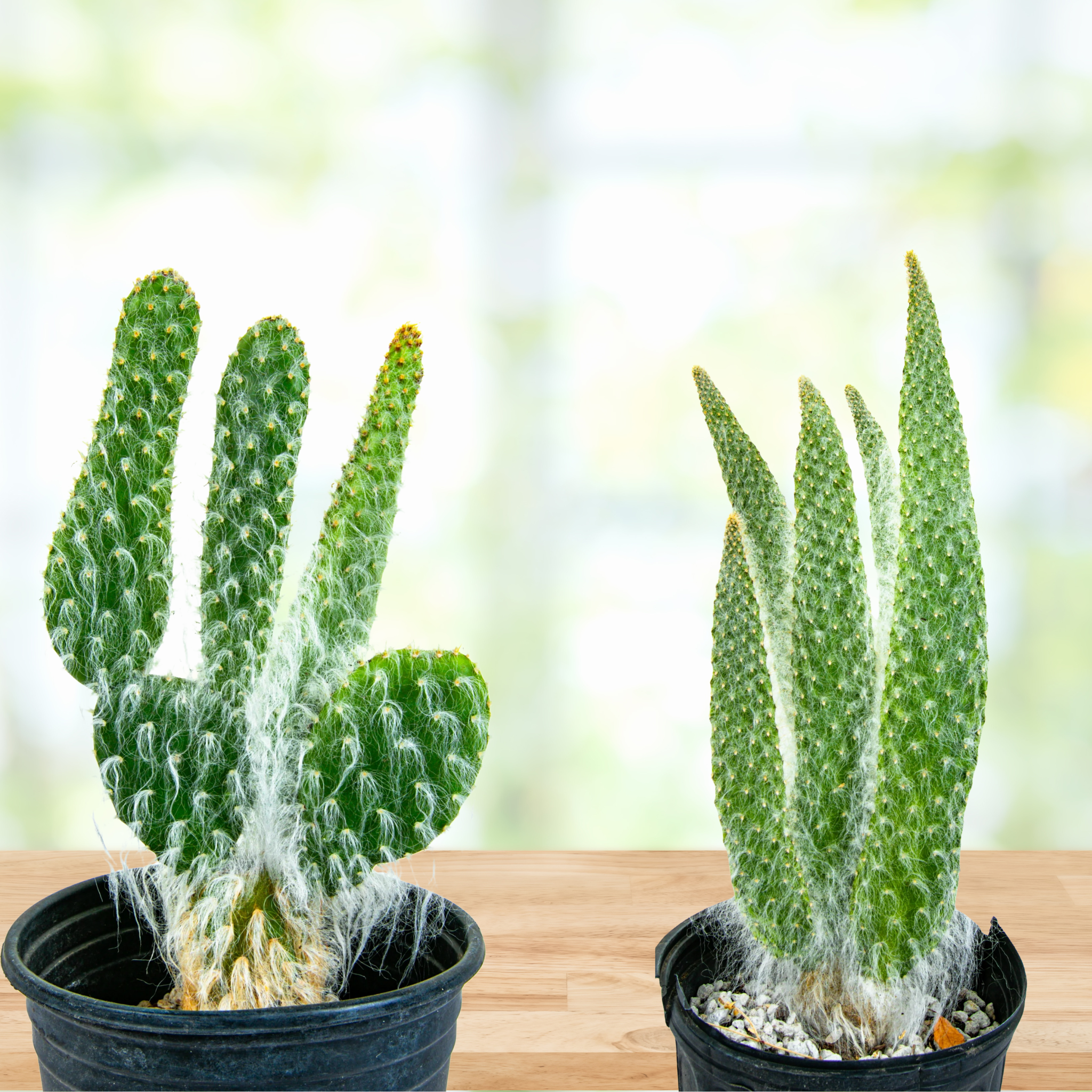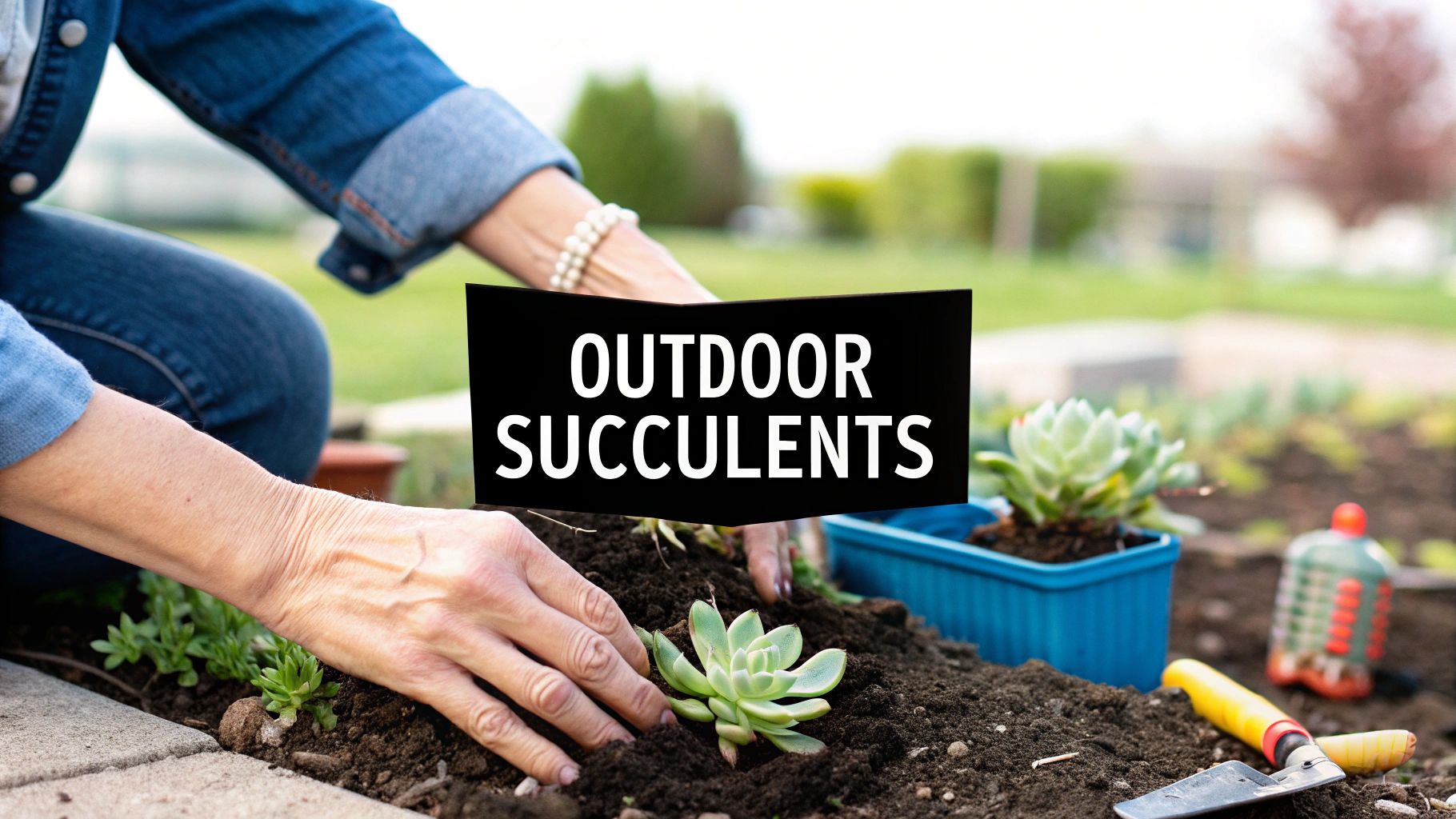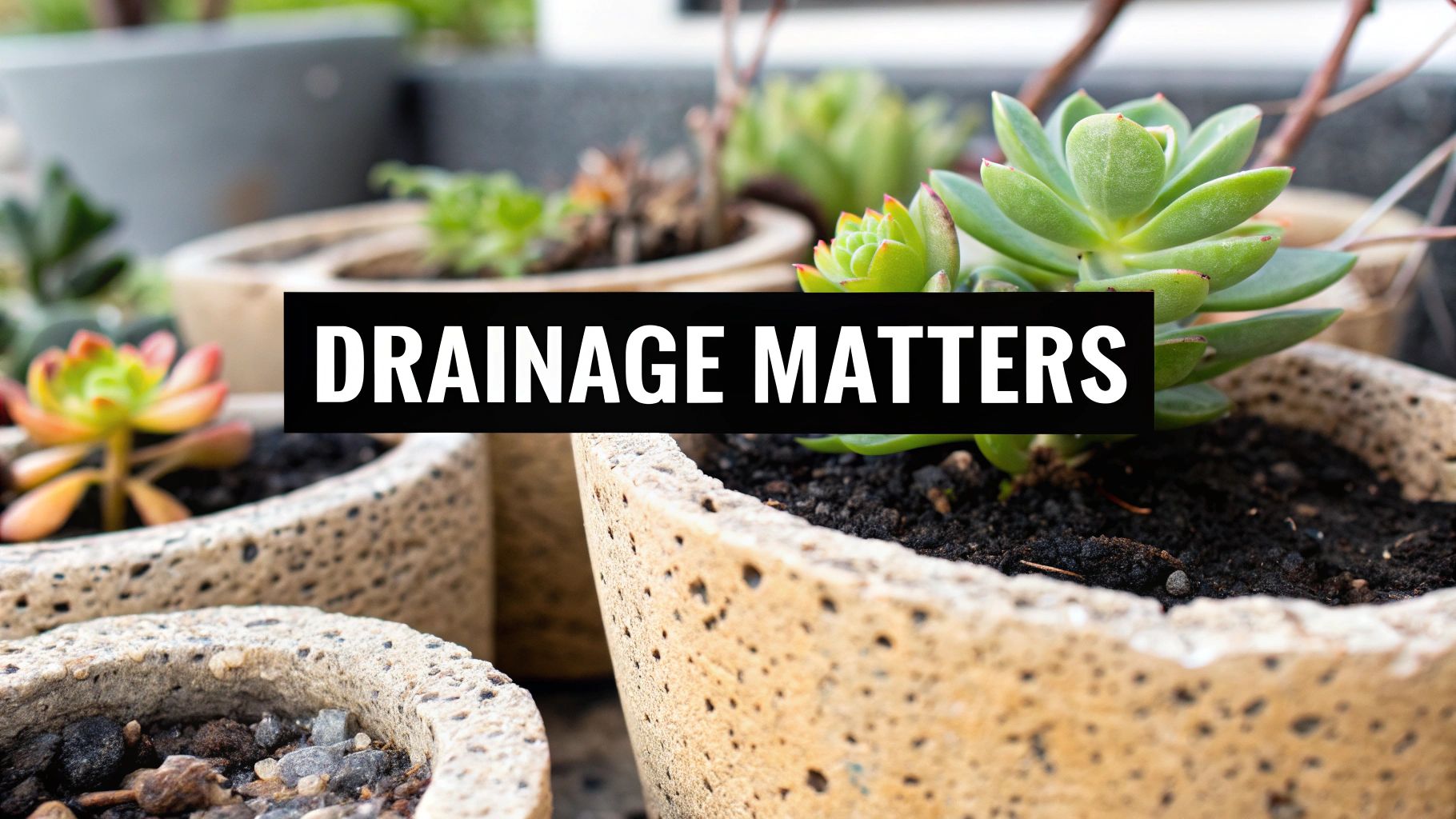Where is the Best Place to Put a Cactus in the House?
Cacti have long been admired not only for their resilience in harsh climates but also for their unique beauty and architectural presence. Today, they’re among the most popular indoor plants for modern homes—minimalist, low-maintenance, and brimming with character. But one of the most common questions people ask when they bring home a cactus is: where is the best place to put it inside the house?
At first glance, it might seem simple—you just pop it on a sunny windowsill and let it be. But in reality, cacti thrive (or struggle) depending on a balance of factors like sunlight, air circulation, temperature, humidity, and even the style of your interior décor. If you want your cactus to grow healthy, live long, and look stunning as part of your home’s atmosphere, you need to give placement some thought.
In this guide, we’ll dive deep into where to place cacti indoors, the do’s and don’ts of positioning them, styling tips, and how placement changes depending on the type of cactus you have. By the end, you’ll know exactly where to put your cactus so that both your plant and your living space can thrive.
Why Placement Matters for Indoor Cacti
Cacti aren’t your typical leafy houseplants. They evolved in deserts and semi-arid climates, where they adapted to conserve water and thrive in direct sunlight. Because of this, they have very specific needs when grown indoors:
-
Sunlight: Most cacti crave bright, direct sunlight for at least 4–6 hours a day. Placement in low-light corners can lead to weak, stretched-out growth (a condition called etiolation).
-
Airflow: Proper airflow prevents mold, pests, and root rot. Closed, stuffy corners may be harmful.
-
Temperature: While cacti tolerate warm climates, they dislike sudden cold drafts or being placed near heaters/AC vents.
-
Humidity: Most cacti prefer drier environments. Bathrooms and kitchens, with their high humidity, can stress desert varieties.
Placement matters not only for their health but also for their visual impact. A cactus in the right place becomes a conversation piece, a touch of green in minimal spaces, or even a bold design feature.
The Best Places to Put a Cactus in the House
1. South-Facing Windows (The Gold Standard)
If your home has a south-facing window, you’ve hit the jackpot. South-facing windows receive the strongest and most consistent sunlight throughout the day. This makes them ideal for most desert cacti species, such as:
Placing your cactus here ensures it gets plenty of light and maintains its natural growth form.
2. West-Facing Windows
West-facing windows provide strong afternoon sun, which can be intense but shorter in duration compared to south-facing ones. Many cacti will thrive in this location.
This is especially good for species like:
3. East-Facing Windows
East-facing windows are gentler, offering morning sunlight. This is perfect for smaller or younger cacti that might not tolerate harsh afternoon rays. It’s also a good choice if you live in a hot climate where afternoon sunlight could be too strong.
Examples that thrive here:
-
Smaller decorative varieties
4. Living Rooms and Coffee Tables (With Light Considerations)
Living rooms are the heart of many homes, and a cactus can add a striking design element to the space. However, avoid the temptation to place them in the center of the room away from light.
If you want a cactus on your coffee table or a shelf, make sure it’s still within reach of natural light—perhaps near a window or under a skylight. Alternatively, you can use grow lights to supplement light levels, ensuring your cactus doesn’t suffer.
Large cacti, such as columnar types (like Cereus or Mexican fence post), can look spectacular as floor plants in a bright corner of a living room.
5. Home Office or Study
Cacti are often associated with focus and mental clarity. Having one on your work desk or a shelf in your office can bring freshness to the space.
Just ensure your office has a window that provides some sunlight. A cactus on your desk in front of a sunny window is not only healthy for the plant but also adds a calming and creative atmosphere to your work environment.
6. Bedrooms
Bedrooms can be tricky because they don’t always get a lot of sunlight. If you have a bright, south- or east-facing bedroom window, a cactus can thrive beautifully there. Many people love placing a cactus on a nightstand or dresser for its clean, minimal look.
7. Bathrooms
Bathrooms are generally not the best place for desert cacti due to the high humidity and lower light levels. However, there is an exception—tropical cacti like the Christmas Cactus or Orchid Cactus (Epiphyllum), which actually thrive in humid environments.
If your bathroom has a window with bright but indirect light, a tropical cactus may do well here.
8. Kitchens
Kitchens often get lots of natural light, especially if you have a window near the sink. A cactus on the windowsill can thrive here and add a playful touch of green.
9. Hallways and Dark Corners (With Caution)
Hallways and corners are common places people want to decorate with plants. Unfortunately, these areas usually don’t have enough light for cacti. Unless you’re supplementing with grow lights, these aren’t good spots.
Style Tips: Making Your Cactus Part of Your Home Design
Cacti aren’t just plants; they’re design statements. Here’s how to make them work with your interior:
-
Choose the right pot: Terracotta is classic and breathable, while ceramic or minimalist white pots look sleek in modern interiors.
-
Group them together: A collection of small cacti on a tray or shelf creates a striking visual impact.
-
Use height for drama: Tall, columnar cacti can act as living sculptures in corners.
-
Match décor themes: Cacti pair beautifully with desert-inspired, bohemian, or minimalist décor.
Mistakes to Avoid When Placing a Cactus
-
Too far from windows: Even though cacti are hardy, they’ll weaken in poor light.
-
Placing near vents or radiators: Sudden blasts of hot or cold air can damage them.
-
Overwatering due to placement: In low-light areas, soil takes longer to dry, increasing the risk of root rot.
-
Ignoring seasonal changes: Sun angles shift with seasons, so a cactus thriving in winter may get too much summer sun through the same window.
Special Considerations by Cactus Type
Not all cacti are the same. Placement should also consider their natural habitat:
-
Desert Cacti: Love direct sunlight. Place near south- or west-facing windows.
-
Tropical Cacti (like Christmas Cactus): Prefer bright but indirect light and higher humidity. Bathrooms or kitchens with windows are great.
-
Miniature Cacti: Perfect for desks, shelves, and small spaces as long as they still receive adequate light.
Supplementing with Grow Lights
If your home doesn’t have great natural light, don’t worry. LED grow lights can mimic the spectrum of sunlight and help your cactus thrive anywhere. Position the light 6–12 inches above your cactus and keep it on for 10–12 hours daily. This opens up more flexibility in where you can place your cactus, even in hallways or offices without windows.
Final Thoughts
So, where’s the best place to put a cactus in the house? The ultimate answer is: where it gets enough light, avoids extreme drafts or humidity, and complements your living space.
For most people, that means a sunny south- or west-facing window. But if you have tropical cacti, a bathroom or kitchen window may be perfect. Bedrooms and offices work too if light is available.
Placement isn’t just about plant health—it’s about balance. When thoughtfully placed, a cactus becomes more than just a low-maintenance plant. It becomes a symbol of resilience, a pop of natural beauty, and a design element that transforms your space.




